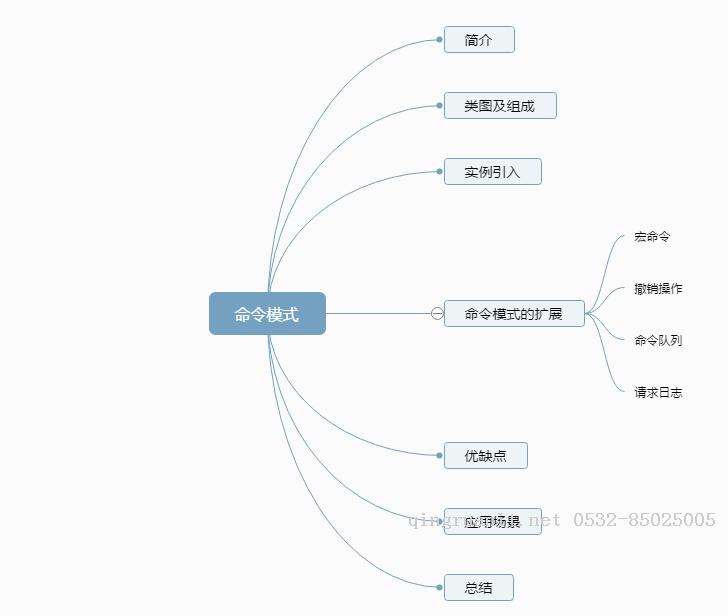設(shè)計模式解密(11)- 命令模式

◆ 前言:命令模式內(nèi)容比較多,這里做了拆分
命令模式基礎(chǔ)篇 :http://www.cnblogs.com/JsonShare/p/7202133.html
命令模式擴(kuò)展篇 - 宏命令:http://www.cnblogs.com/JsonShare/p/7206395.html
命令模式擴(kuò)展篇 - 撤銷命令:http://www.cnblogs.com/JsonShare/p/7206513.html
命令模式擴(kuò)展篇 - 命令隊列:
延伸閱讀
 學(xué)習(xí)是年輕人改變自己的最好方式
學(xué)習(xí)是年輕人改變自己的最好方式